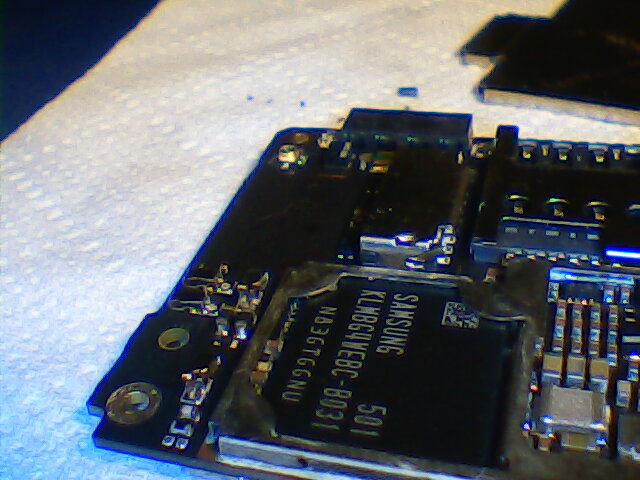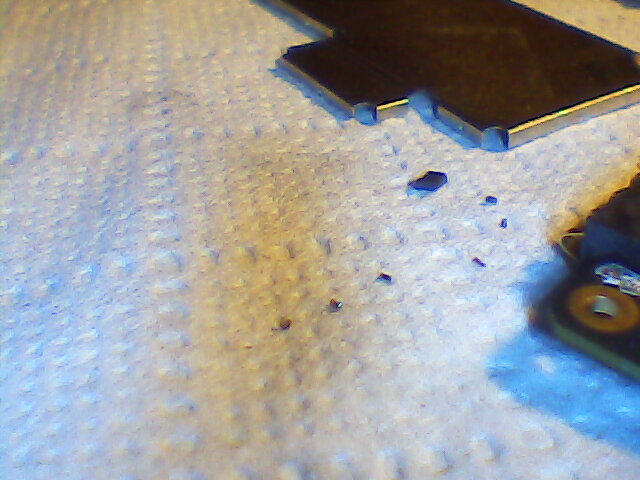An example of a minor mistake in repair that may have been fatal or may yet prove to be remedied…
My FP2 recently took some light/peripheral water damage (not completely dunked, but a little ingress due to a waterproof pouch leaking), but with very corrosive saltwater! 
After following the iFixit guidelines on repairing water damage:
- I got the battery out as soon as it was safe to do so, which was after paddling to shore, far too many worrying minutes after the FP2 had hard powered-off itself seconds after I noticed the leak.
- I dis-assembled the FP2 at home, immersed all parts in alcohol (I used ethanol camp fuel with bitter additive), sloshing it about, gently scrubbed off any visible salt with a toothbrush, and shook off the remaining alcohol.
- HOWEVER I skipped one mentioned step in that I did not remove all EMI shields, due to the heat-spreader pad that would be damaged by removing it from the main board, and concerns over my own clumsiness. I also didn’t go the full length of dis-assembling the main board from its PC backing, as the available teardown instructions didn’t explain how to do this, so I avoided breaking anything.
- I dried all parts out over a long period - initially in front of a GPU exhaust fan for a few hours, tested the FP2 after sitting for nearly 24h, it didn’t work, and it’s now been a couple of weeks since then, when I could finally get access to spares to test with.
I was in too much of a rush to take pictures beforehand, but here are the parts after that gentle cleaning:
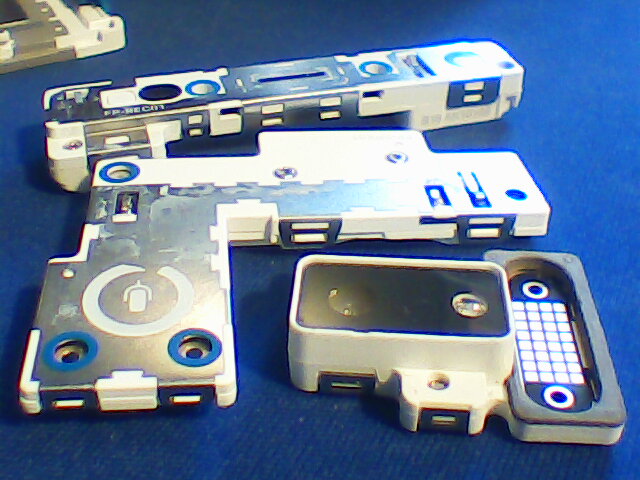
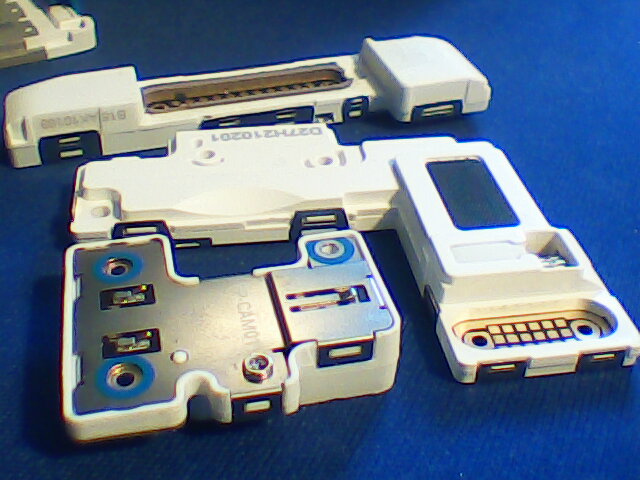
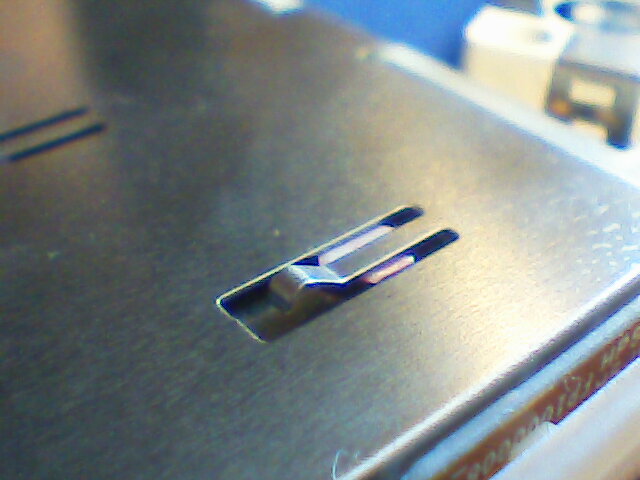

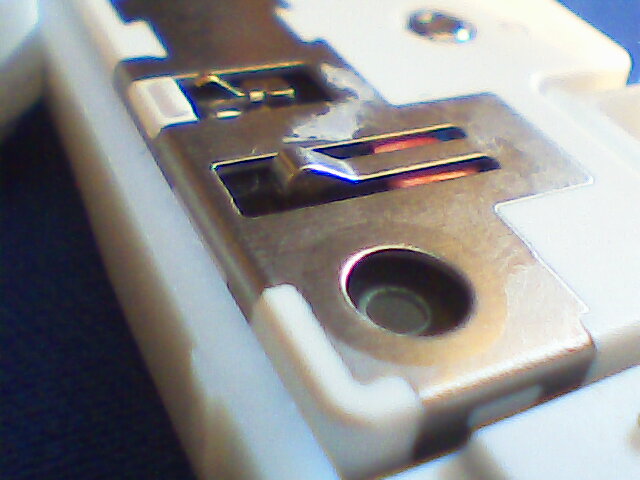
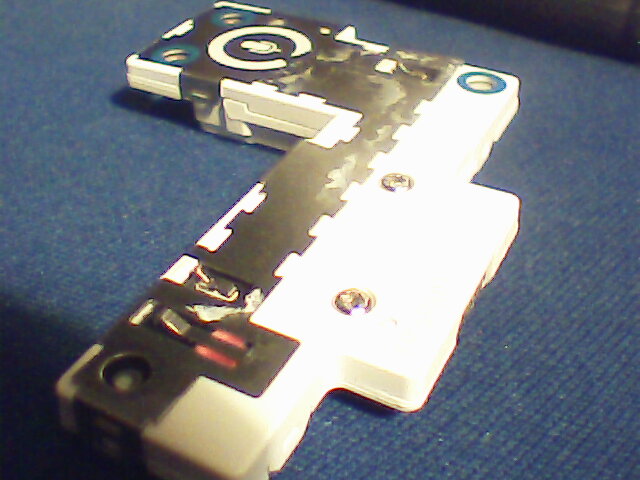
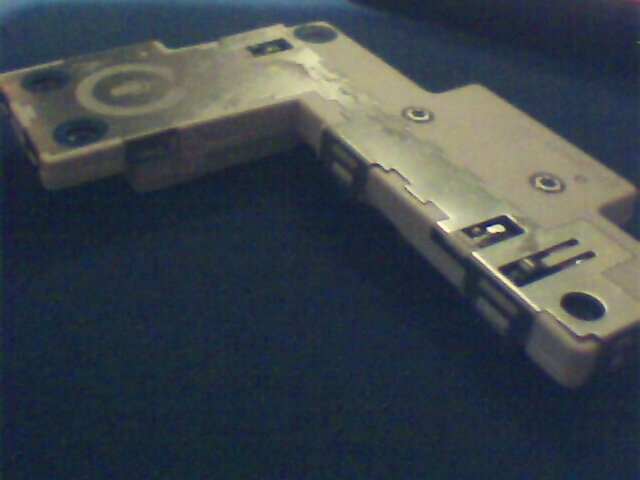
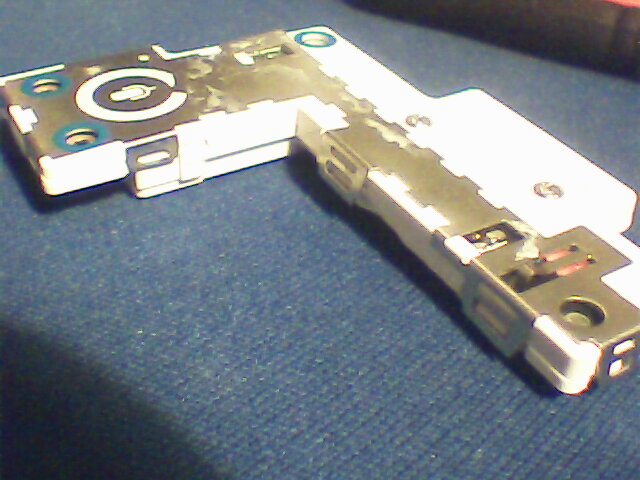
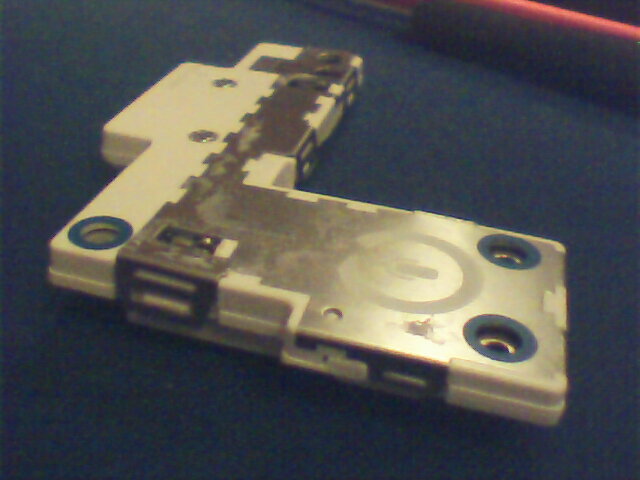

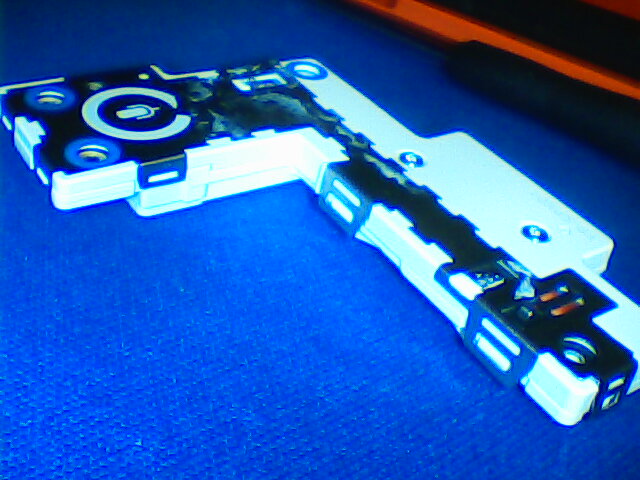
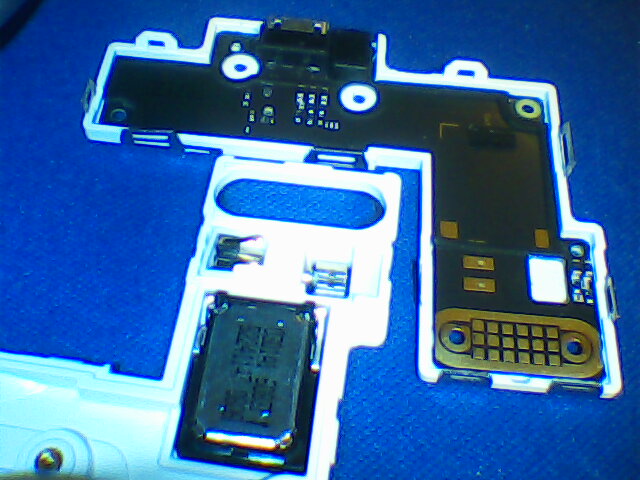
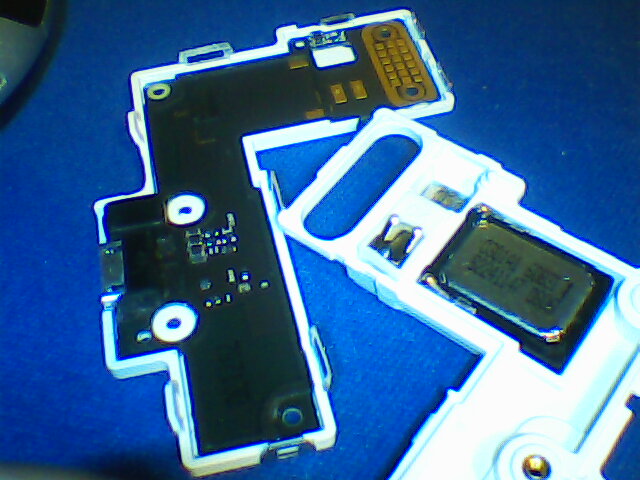
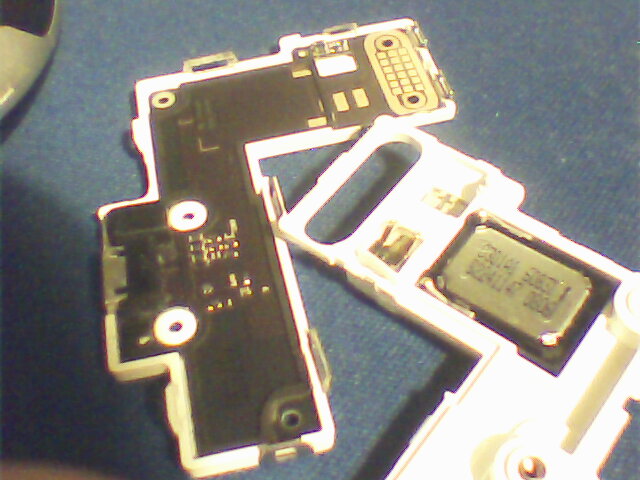
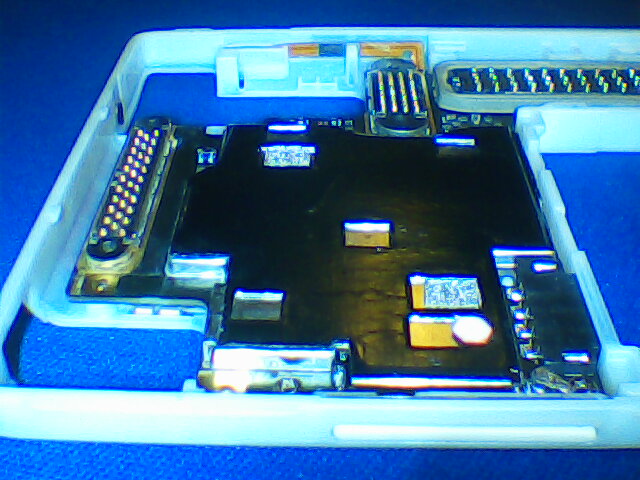
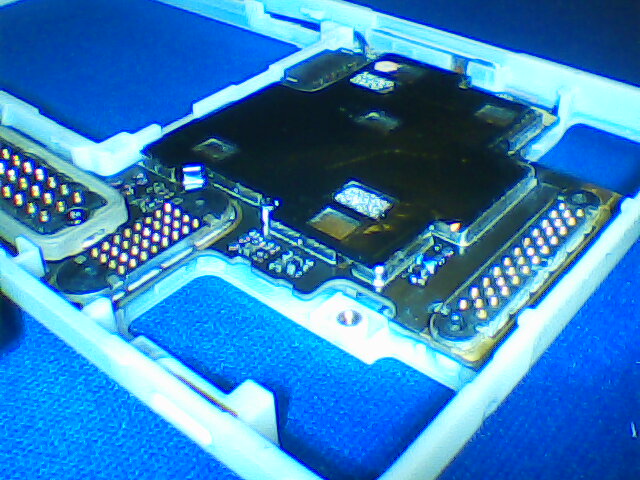

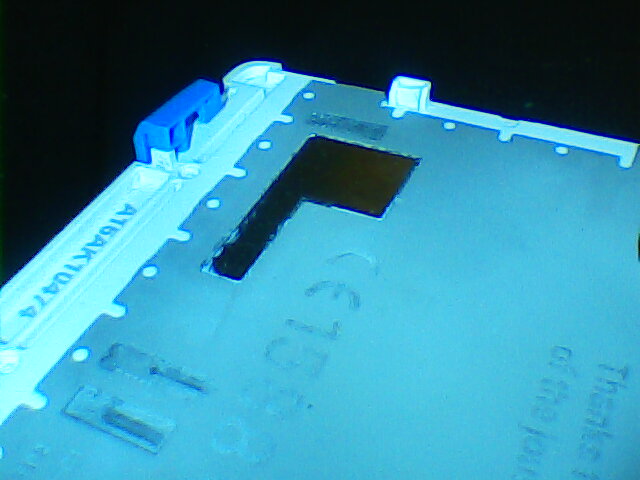
Now somebody has kindly lent me a FP2 to swap out parts one-by-one so that I could find out what I need to replace if anything.
Despite visible remaining salt stains on the shields of breakout boards, I found to my great dismay that all parts are working(1) except for the main board - I put it together with all known working parts and it didn’t boot up.
That’s the opposite of what I expected to happen and what was predicted by the guide.
I now have access to a food dehydrator away from home, but I think that a couple of weeks is plenty long enough for ambient evaporation to take place.
Having now removed the top shield and ripped the heat spreader to inspect the SMD parts underneath, I saw no signs of corrosion on the top:
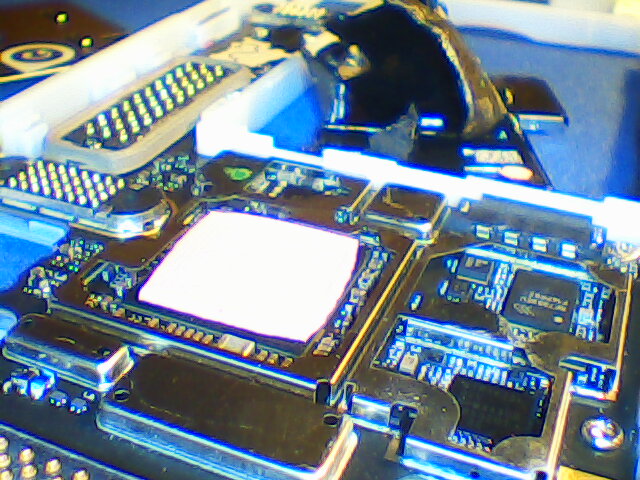
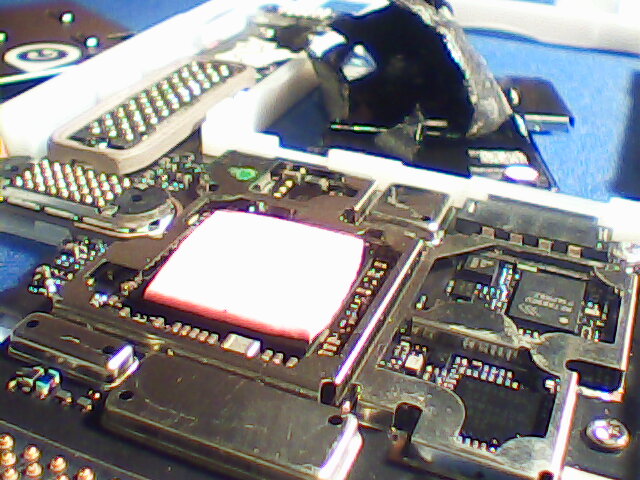
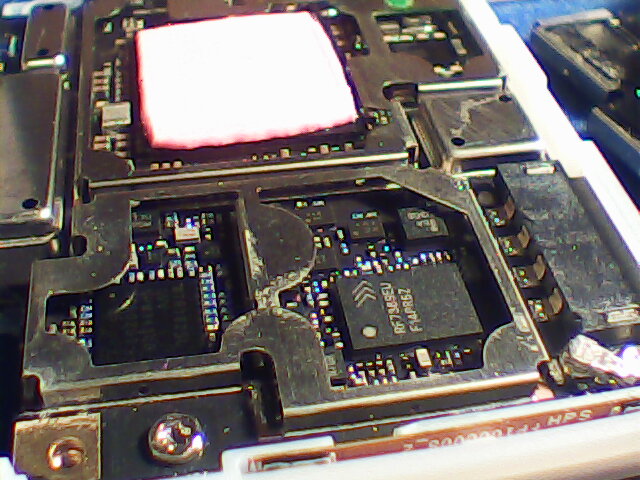
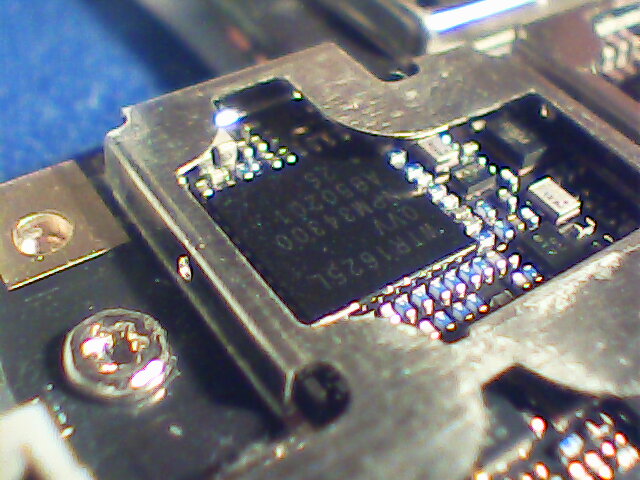
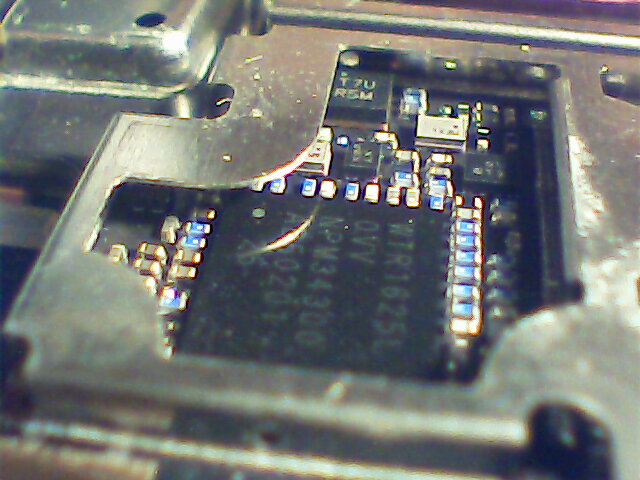

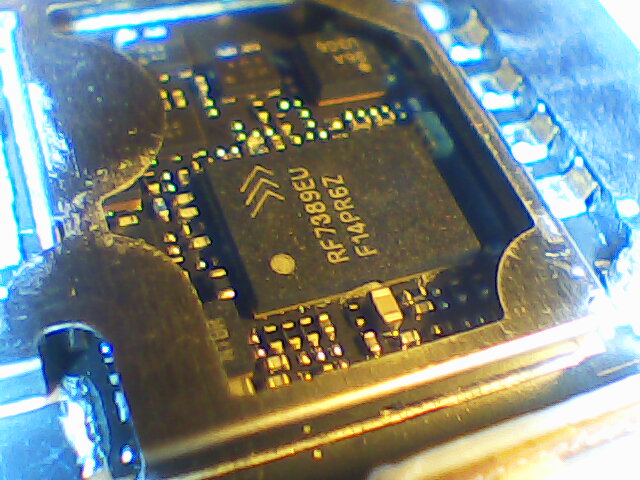
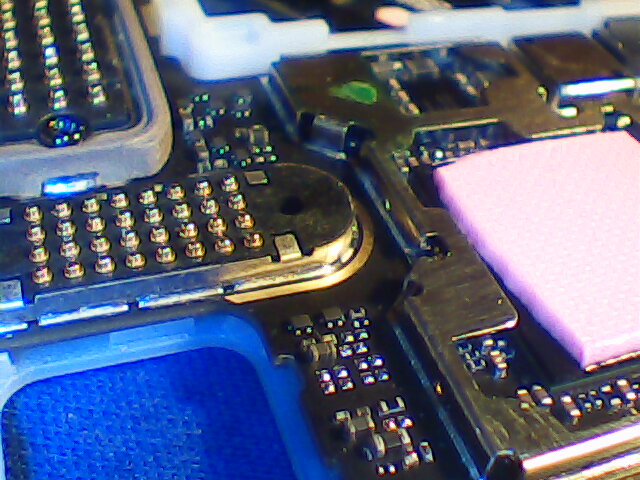
After removing the main board from its backing (while writing this, and the brown sealing pad around the largest pogo connector pad was easier to remove than I thought - it seems to be a rubber-coated metal block), I saw a tiny bit of salt left by one corner of the bottom (sim-side) shield. I had to be very careful moving the shield from the opposite end first, as that corner was held in place by the dried salt/corrosion.
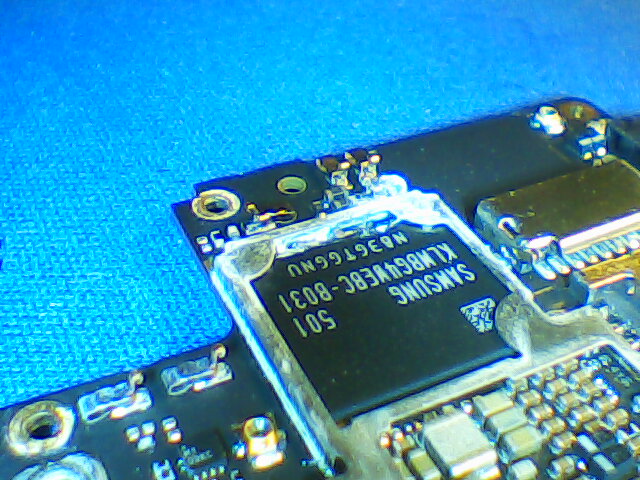
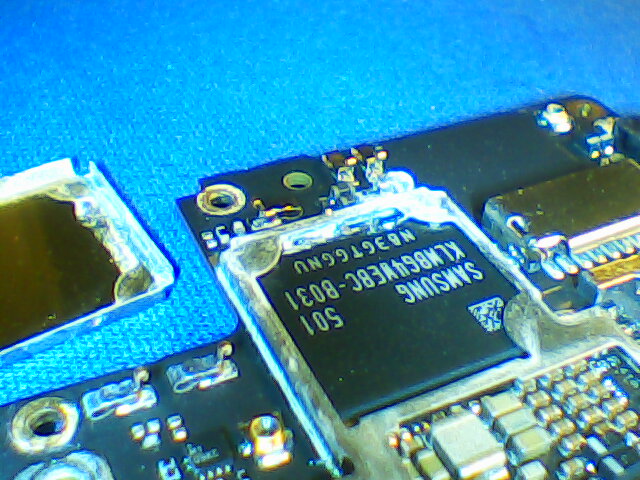
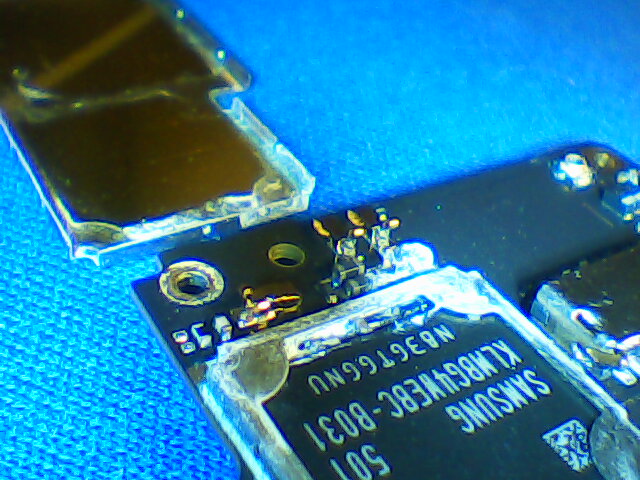
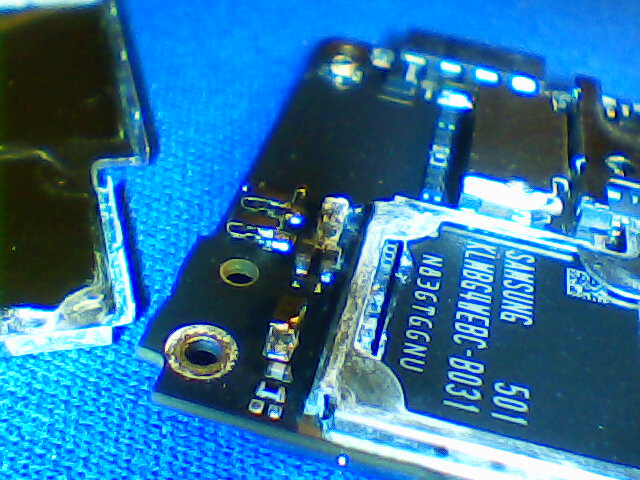
According to the aforementioned teardown, the affected component is the one thing I’m most worried about being damaged - the eMMC NAND flash memory from which I want to try and recover recent data. Please lend me your energy!
I’m going to try giving this side of the board some gentle toothbrush & alcohol attention now, then dry it thoroughly again. If that doesn’t work, I’m wondering whether it would be wise to try immersing the main board in ethanol again for a prolonged period to try and remove any remaining trace of salt in there.
I hope that this is a useful lesson for somebody in addition to myself.
(1) I said the modules were “working”, but I meant just enough to boot, charge, show a charging light, buzz and display stuff on the screen. I didn’t test the cameras yet.
Also I already had intermittent issues with the main microphone due to a contact pad on the screen module making poor contact with one grounding spring and being gouged after I found out that squeezing/tapping the bottom-right corner of my FP2 improved the situation short-term. Everyone who likes to listen to music on earphones probably knows about the headphone socket problem too, but that’s a story for another day.
 ]
]
